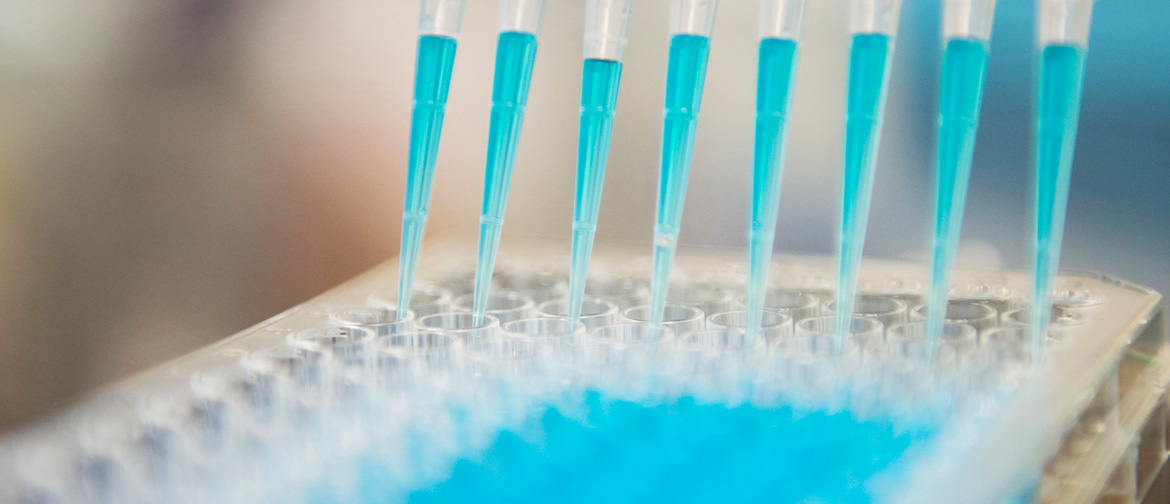Dr. Faust will present in the symposium entitled Evolution of AAVs for Widespread Gene Delivery to the Central Nervous System. The title of her presentation is The Immune Response to CNS-Directed AAV Gene Therapy
December 11th, 2019 - December 11, 2019 – NxGEN Vector Solutions CEO, Dr. Susan Faust, is an invited guest speaker at the American Society of Experimental Neurotherapeutics Annual Meeting, which will take place March 2-5, 2020 in Bethesda, MD.


You must be logged in to post a comment.